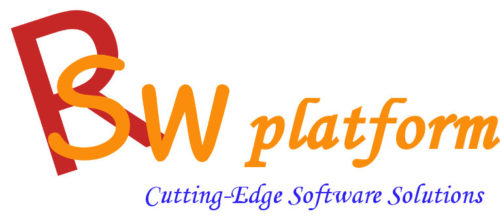What does R-sw Conjoint do?
- it allows generating a full profile RBC design (it is also possible to import and use an external design, of any type (orthogonal, d-efficient, full profile, partial profile, alternative-specific etc.);
- it produces summary statistics for any RBC design, so that it is possible to assess how a design performs on the various balance criteria;
- it performs individual hierarchical Bayes logit estimation of rank-based conjoint data;
- it performs individual traditional logit estimation of rank-based conjoint data;
- it performs aggregate traditional logit estimation of rank-based conjoint data.
Details:
- the rank-based conjoint design can be one of the following: full profile, partial profile, or alternative-specific.
- it requires at least 2 tasks per respondent for hierarchical Bayes logit estimation. However, since this is a ranking model, one would expect at least 5-6 scenarios per respondent;
- columns in the design can refer to either quantitative and/or categorical attributes;
- the user can change the hierarchical Bayes parameters (number of Markov Chain Monte Carlo draws and the Markov Chain Monte Carlo thinning parameter) and to modify the default priors to increase or decrease the bayesian shrinkage effect;
- one or more external variables can be used in the hierarchical Bayes estimation;
- the outcomes are individual raw utilities (coefficients) for each attribute/level included in the experimental design;
- an advanced market simulator can easily be developed by importing utilities into R-sw Conjoint Type A Simulator;
- data can be easily imported and outcomes can be exported as CSV/text files.
Support, Manual and Examples:
- technical support and statistical consulting is available free of charge (within reasonable limits);
- an ‘html’ manual is provided with a detailed description of all available functions;
- full working examples are provided to help the User to become familiar with the package. These examples can be easily adapted by the User for new projects;
- in addition, a full working Excel-based advanced simulator (Type A) is provided; the User can easily amend this template for a new project (passwords and instructions are provided).
